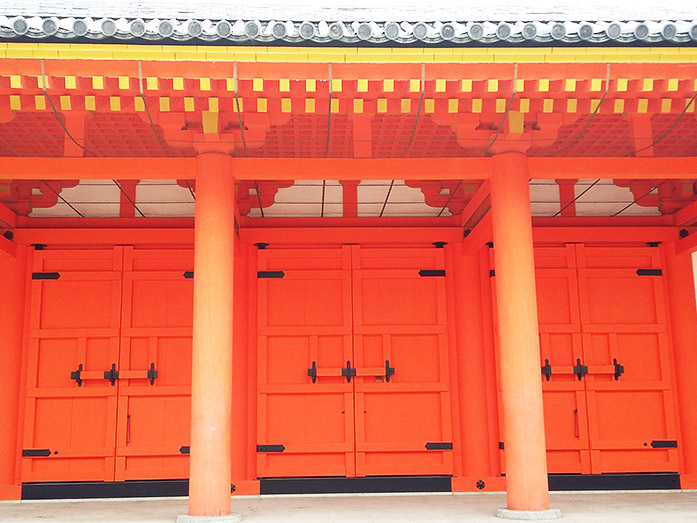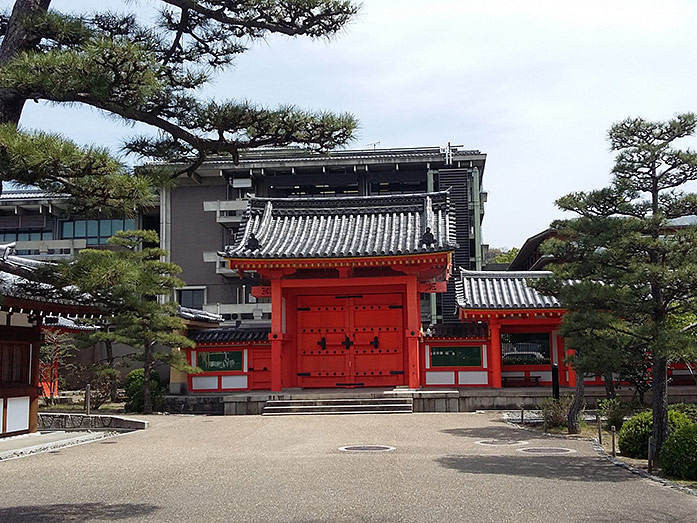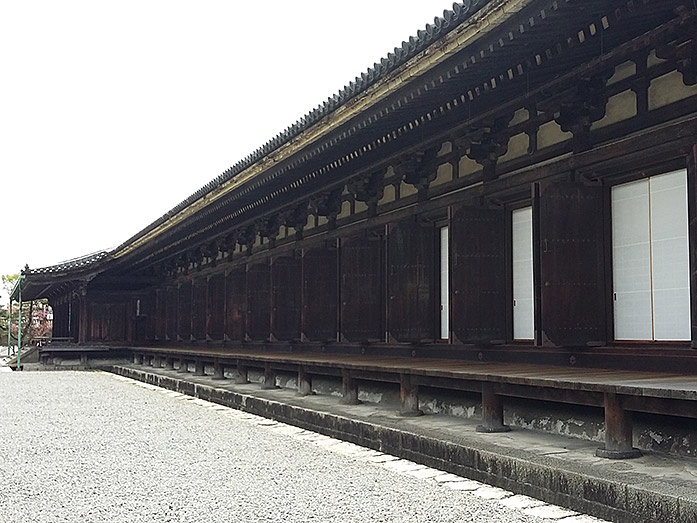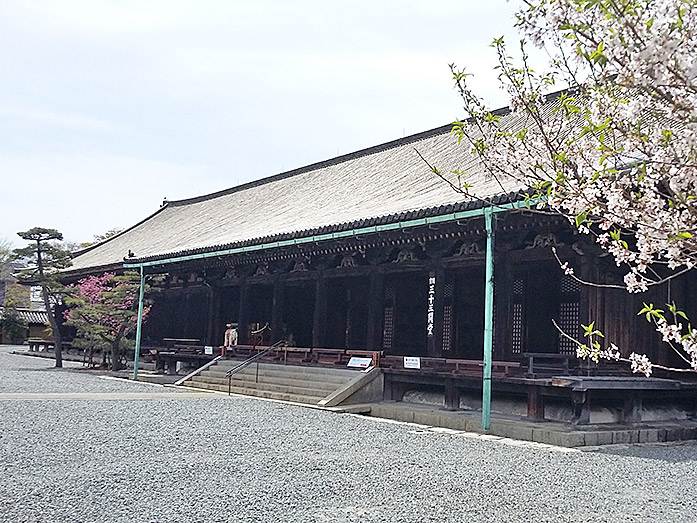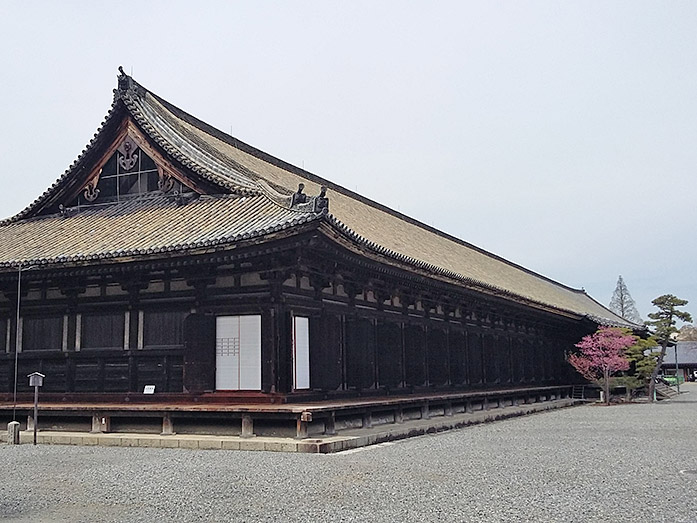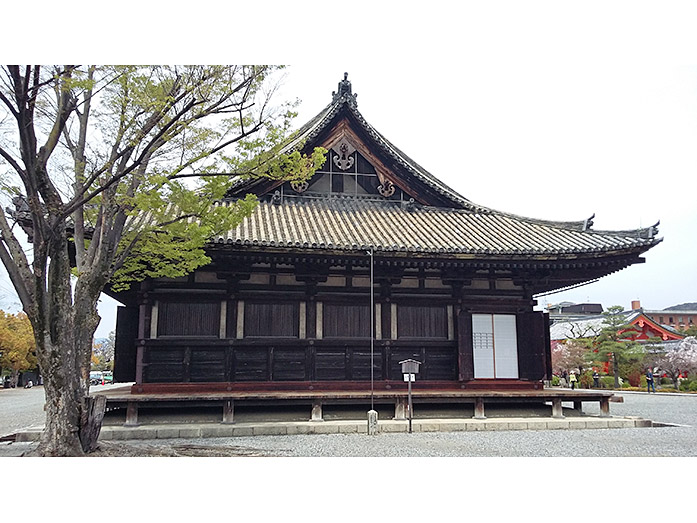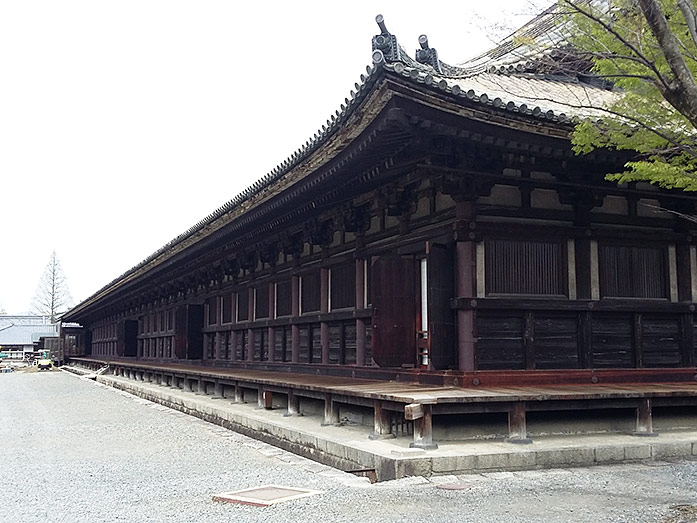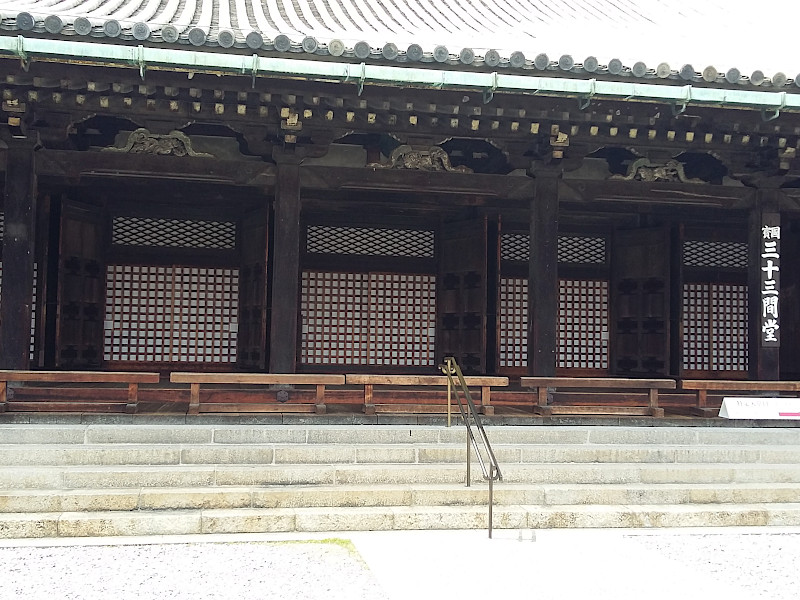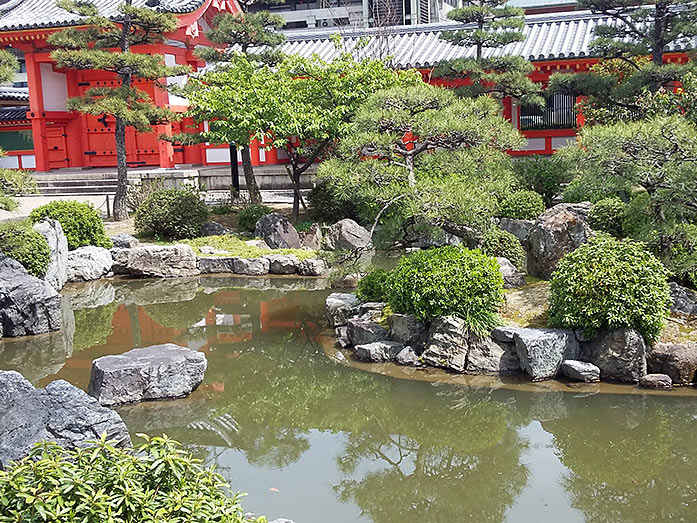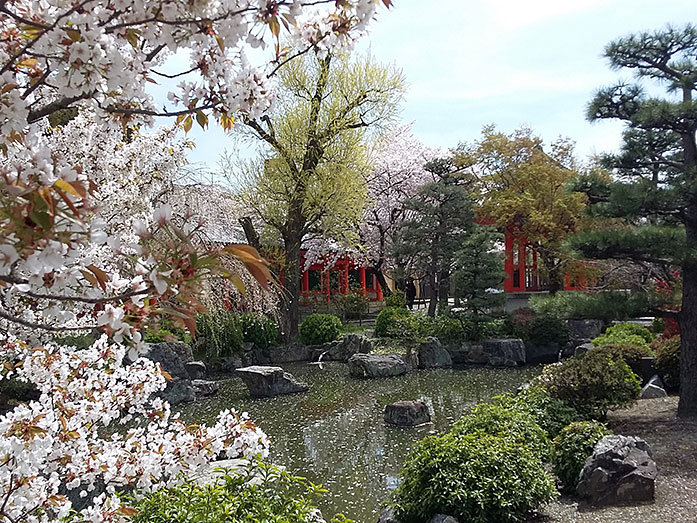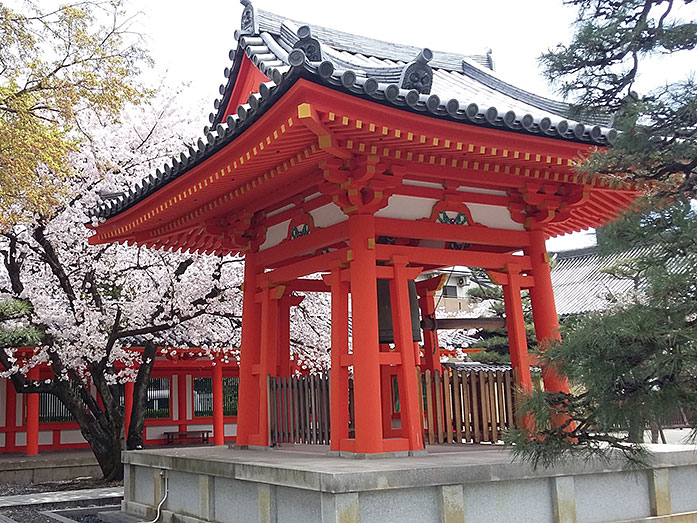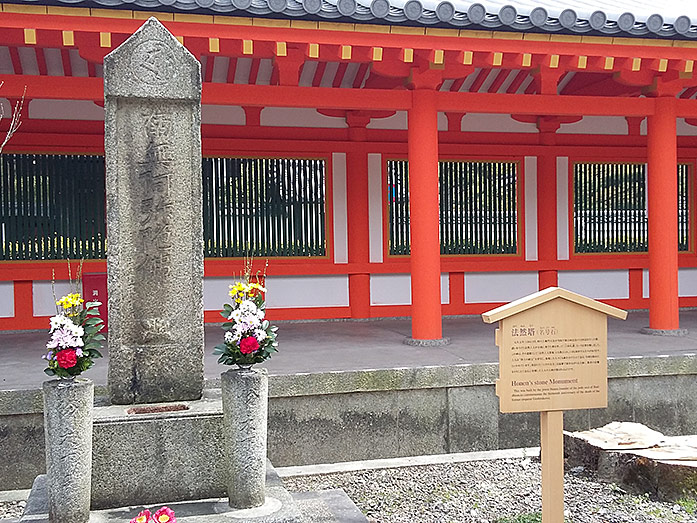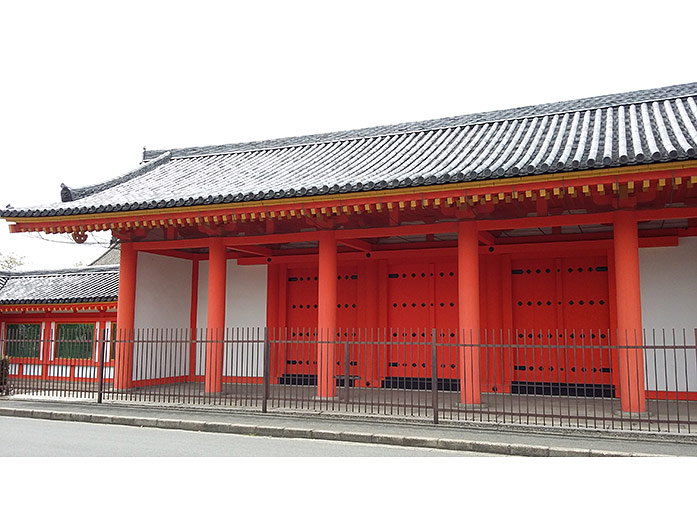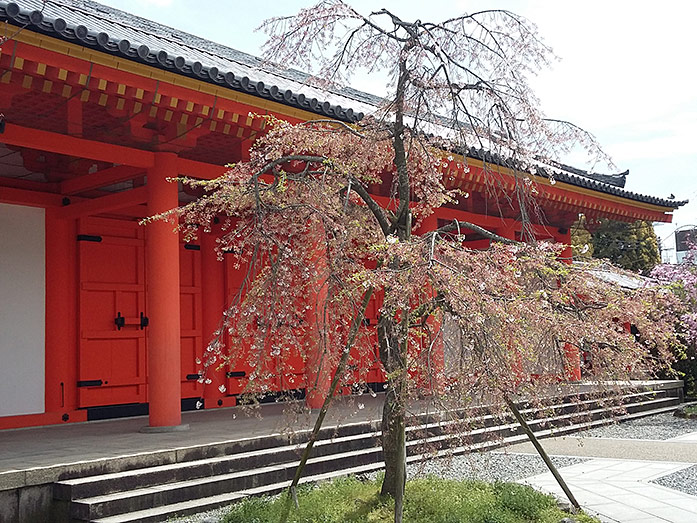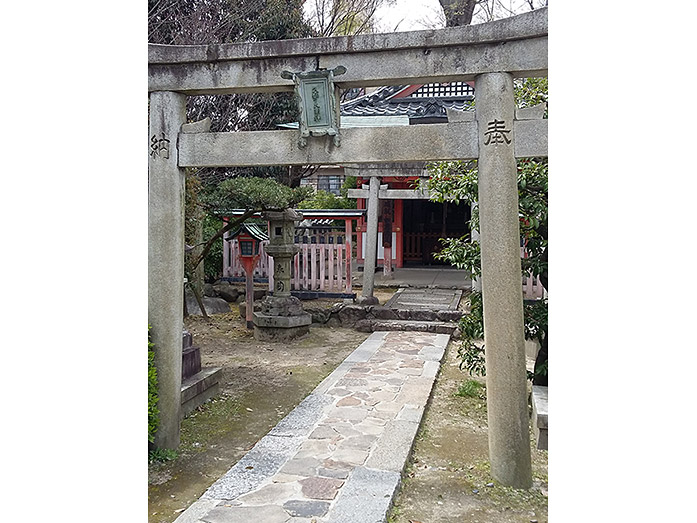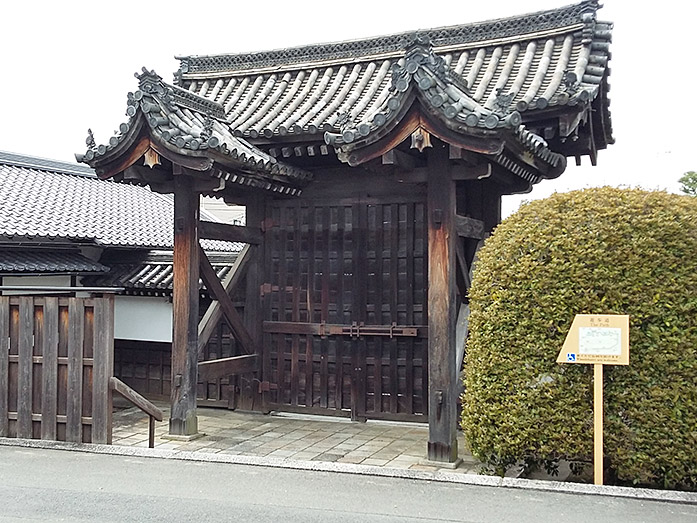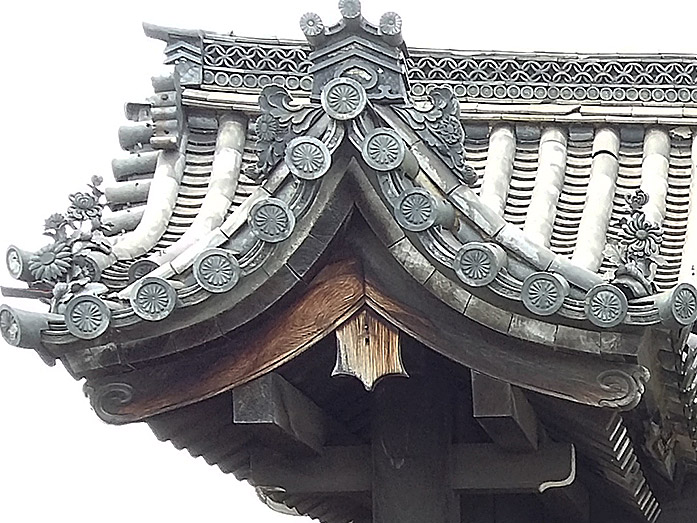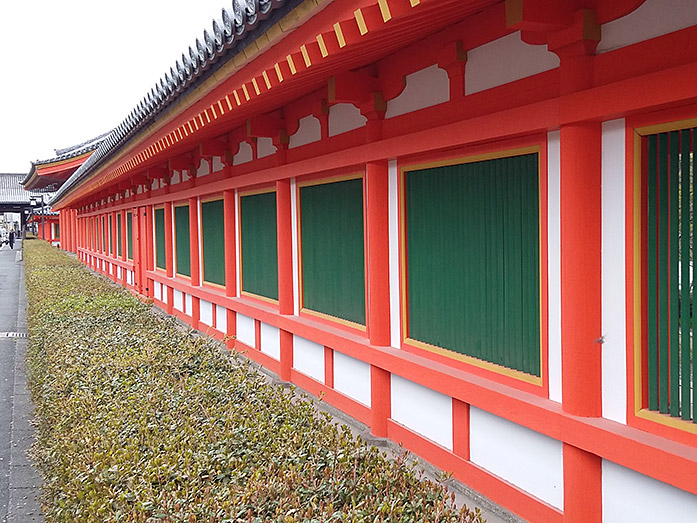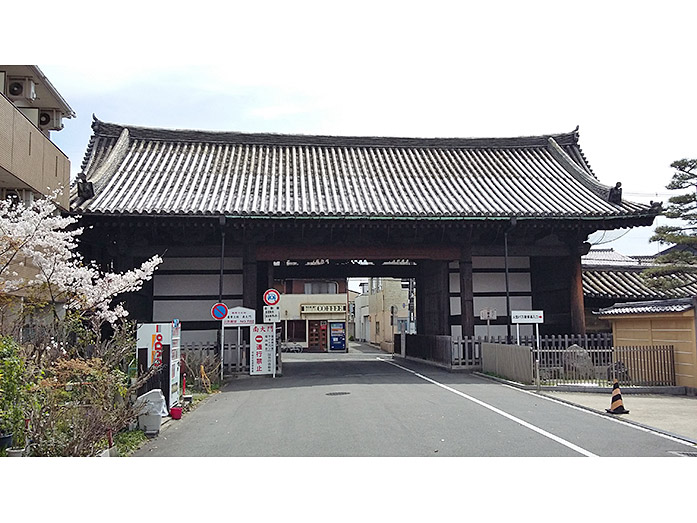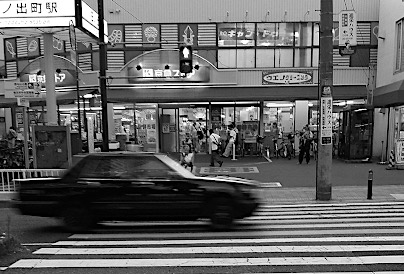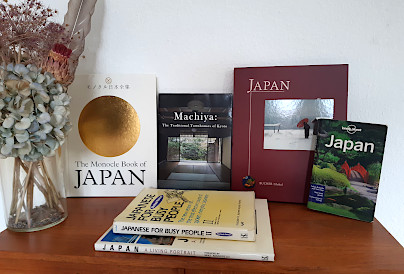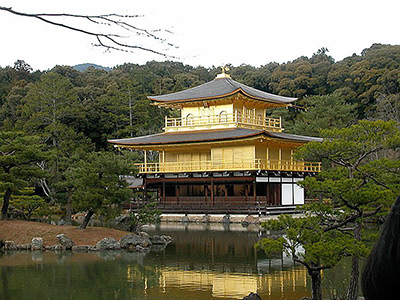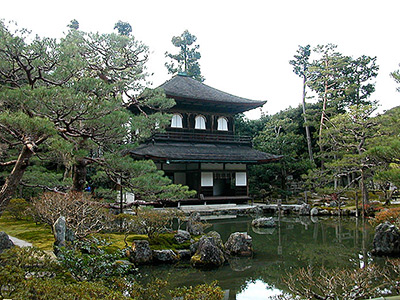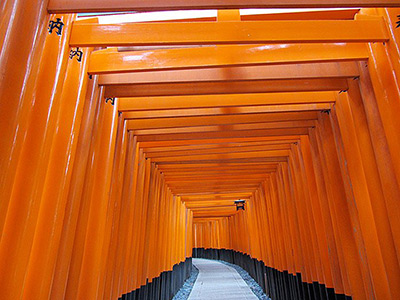Sanjusangen-do Temple in Kyoto
This post can contain affiliate links, which means that we may receive a small commission if you make a purchase using these links.
Facts & Figures
The official name of Sanjusangen-do is Rengeo-in temple (Hall of the Lotus King). The Japanese government registered Rengeo-in as an National Treasure. The 120 meters long main temple hall is called Sanjusangen-do, which means a hall with thirty-three spaces between columns. It is the longest wooden building in Japan. The architecture style of the main hall is known as Wayo.
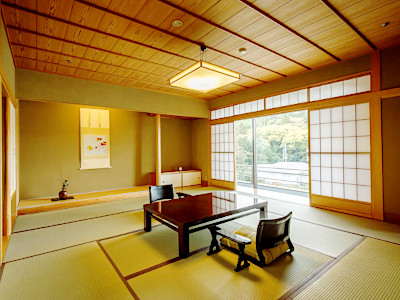 Explore Ryokans in Kyoto >
Explore Ryokans in Kyoto >
Ryokans are the perfect way to discover old Japanese culture and traditions.
The absolute highlight are the 1001 statues of Kannon (Juichimen-senjusengen Kanzeon), the Buddhist goddess of mercy, inside the hall. Unfortunately there are no pictures allowed, but some people did not follow the rules and you can just google for it;)
The material used for the statues is Japanese cypress covered with gold leaf. The large wooden statue in the center is a National Treasure of Japan and represents the 1000-armed Senju Kannon (original name Sahasrabhuja-arya-Avalokitesvara). The famous artist Tankei (1173 - 1256) created this figure. Interesting to know that he was 82 at the end of the project.
You will also find 28 fierce looking guardian statues inside the hall. The most impressive ones are the Thunder God (Raijin) and The Wind God (Fujin).
I should not forget to mention two Important Cultural Properties within the temple complex, which are the roofed earthen fence and South Gate.
- Sanjusangen-do:
- Opening Hours - 8:00 am to 5:00 pm (last entry 4:30 pm)
- Opening Hours - 9:00 am to 4:00 pm (16th Nov till 31st Mar, last entry 3:30 pm)
- Closed - never, open the whole year
- Admission Fee - 600 yen (Adults), 400 yen (High school and Junior high school students)
My tips for local activities
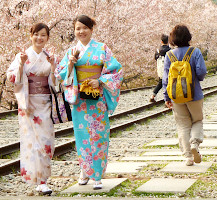
How about exploring the best parts of my favourite city Kyoto with a local guide? The personalized tour by our partner GetYourGuide can take between 2 - 8 hours. For more details check out this page >
History
In 1164 Sanjusangen-do was built by Taira-no-Kiyomori (1118 – 1181), a powerful politician and warrior. The order for the construction came from the retired Emperor Go-Shirakawa (1127 – 1192). After a huge fire in 1249 the reconstruction of the temple took till 1266. Since then Sanjusangen-do´s core structure remained unchanged. 4 major renovations took place within the last 700 years.
Location

Sanjusangen-do is located in the Higashiyama district in Kyoto.
Address: 657 Sanjūsangendōma wari-chō, Higashiyama-ku
How to get to Sanjusangen-do Temple?
- 20min walk from Kyoto Station or
- 10min from Kyoto Station to Hakubutsukan-Sanjusangen-do-Mae stop by bus nr. 100, 206 and 208
Sightseeing spots
Top:
Main Hall - This is the longest wooden hall (120 m) in Japan with an amazing interior (1001 statues of Kannon). My must-see recommendation for you.
Festival & Events in Kyoto (dates can change without notice)
January
Toshiya Festival at Sanjusangen-do temple grounds (15th)
The festival dates from the Edo period, when archers meet for an annual contest. The goal was to shoot as many arrows (and hit a target) as possible along the length of the hall within 24hrs.
The record by one person stands at 8133. Toshiya Festival is held on the west veranda of the temple.
April
Miyako Odori (1st - 31th)
The traditional annual spring dance of the Kyoto district Gion Kobu performed by Geiko and Maiko is a must-see on your Kyoto visit. Don't miss the most popular dances the Miyako Odori "Cherry Blossom Dances" or "Dances of the Old Capital" at the Gion Kobu Kaburenjo Theater (located close to Gion Corner).
May
Aoi Matsuri (15th)
The highlight of this festival is a large parade from Imperial Palace through Shimogamo Shrine to the Kamo Shrines. More than 500 people wearing aristocratic costumes from the Heian Period (794 - 1185). The Aoi Matsuri belongs with the Gion Matsuri and Jidai Matsuri to the three most famous festivals in Kyoto.
July
Gion Matsuri (whole month)
The month July is full of different events like the Yoiyama - Kyoto's Magical Night (locals in kimonos look at the giant Gion floats the day before the parade) or the famous Yamaboko Junko (float procession on the 17th of July).
Obon Festival at Higashi Honganji Temple (30th - 31st)
The annual summer Obon Festival honors the spirit of our ancestors. You can enjoy there tea ceremony demonstrations, games, flower market, delicious food, Bon Odori Dancing and much more.
October
Jidai Matsuri ("Festival of Ages") (22nd)
People celebrate with a large parade between Imperial Palace to Heian Shrine the anniversary of the foundation of Kyoto. App. 2000 participants wearing historical costumes from different time periods. Enjoy this great festival which last around 2 hours.
Where to stay in Kyoto?
Day trips from Kyoto:
My 100 Best Moments in Japan
I have visited Japan nearly every year since 2004. This is my collection of the 100 best moments in my favorite country. Enjoy the pictures and I hope you will start your own journey soon.
Find out more >
Books about Japan
Reading books is a great source of inspiration for me. Check out my recommended list of books about the fascinating country Japan.
My Book recommendations >

